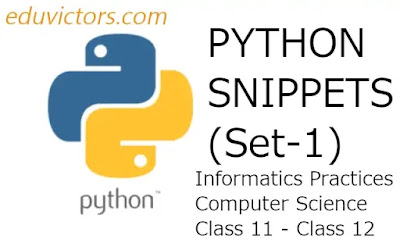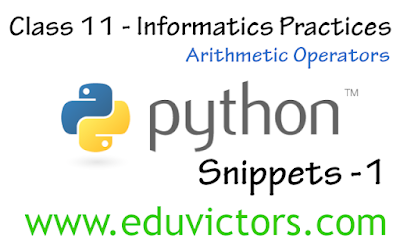Class 12 Informatics Practices - Scatter Plots Using Matplotlib
A scatter plot also called scatter chart uses dots to represent data points for two different numeric variables. The position of each dot on the horizontal and vertical axis represent an individual data point.
A scatter plot is commonly used to compare distribution of two variables and to find visually any correlation between them. If there are distinct clusters/segments within the data, it will be clear in the scatter plot.
Let us try to plot a few scatter graphs using matplotlib.





